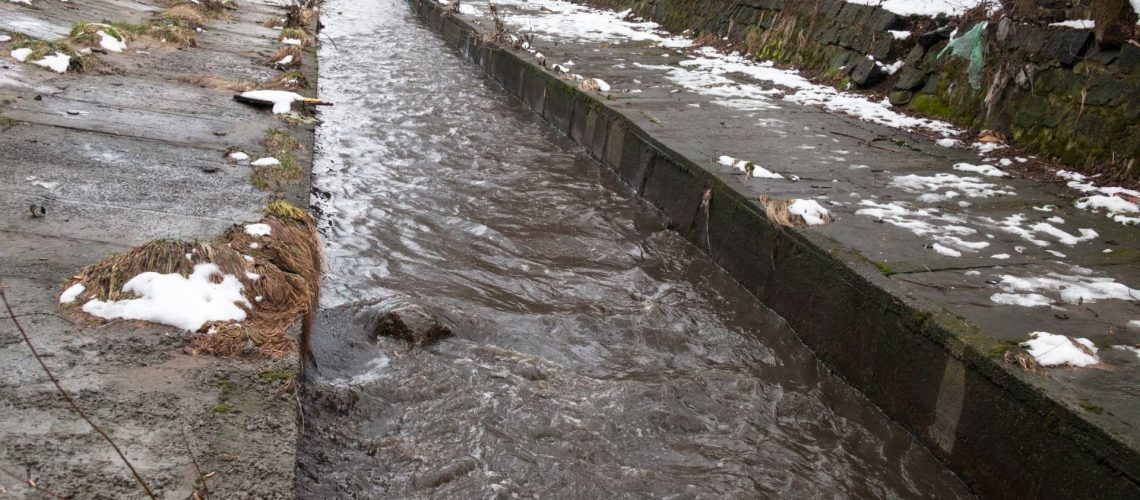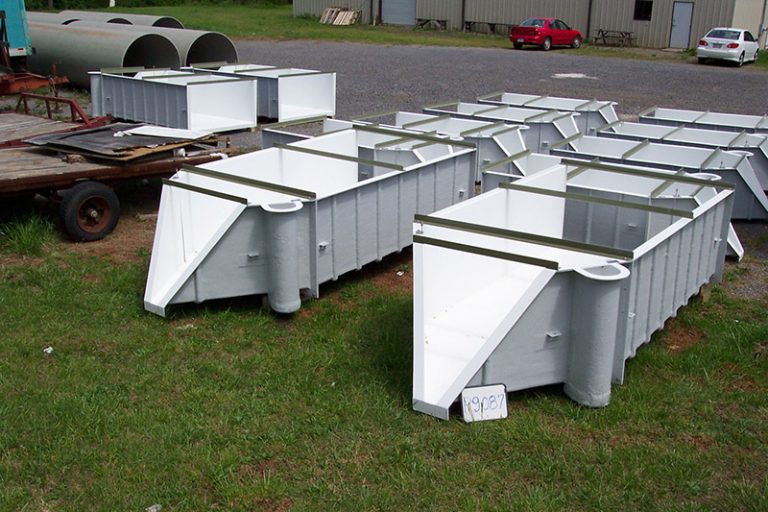Flow rate measurement is great when it’s accurate, but there are far too many regular mistakes that occur during the process. Most of those errors stem from problems with operators, designers, and installers, and they’re avoidable if you make the effort in the first place.
Poor Fabrication
Dimensions are at the core of what makes flumes and weirs effective, so they need to be maintained to exact specifications. If the equipment is not fabricated to the exact dimensions needed, the measurements are never going to be as accurate as they should be no matter what you do.
Specifically, weirs can often feature problems in which the notch angle is wrong or the weir crest is of the wrong thickness. When it comes to flumes, the most common fabrication error is making the throat width the wrong size. Different styles and sizes demand different ratios in a lot of cases, so if scaling isn’t done properly, the throat width fabrication won’t be correct.
Wrong Point of Measurement
Even when the flume or weir is perfectly crafted and installed, operators sometimes use the wrong point of measurement. The head and flow relationship in weirs requires measurements to be taken at a specific point, typically upstream of the point in the flow where it reaches criticality. This is the primary head, which is the only available point of measurement.
Using a staff gauge or a flow meter can lead to problems as well when done incorrectly. Always remember that the critical section of a flume is the throat, while the critical section of a weir is the crest. Any deviation from that, and you won’t get the accurate measurements you need.
Out of Range
All kinds of weirs and flumes have range limitations that they’re good for. If a flow rate exceeds or falls beneath the established range, you’re not going to get an accurate reading even if everything else is done correctly. There are no corrections you can make for trying to measure a flow outside of a device’s range.
Different styles and sizes will have different ranges, with some styles being specifically created and designed for specific kinds of ranges. For example, the H-Type flume features discharge tables all the way to the top of the flume itself, so you’ll want to keep that in mind when determining the proper size. Weirs, on the other hand, simply can’t read down to zero. The absolute minimum is 0.2 feet.
Lack of Maintenance
After a perfect installation, you may be tempted to put it all out of your mind and just take measurements when needed. Unfortunately, you’ll need to give your device regular maintenance if you want to keep your measurements accurate. Growth and debris can build up inside, which changes the interior dimensions and throws off your measurements.
Flumes are typically self-cleaning for the most part, but regular maintenance is still required, especially if you have to deal with cold weather and earthen channels. Weirs are especially susceptible to wear and tear without proper maintenance like cleaning out debris from the weir pool and weir crest.
Devices From Tracom
Now that you know the top flow measurement errors to avoid, you can get your own flume or weir box. Tracom has a wide variety of FRP Products and a team that will work with you to make custom designs if you prefer. Contact us today to get started.




